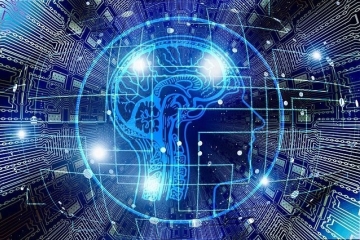Artificial intelligence detects signs of blindness

MONA, a technological spin-off of KU Leuven and research institute VITO, has developed artificial intelligence that can detect the first signs of blindness.
MONA, a technological spin-off of KU Leuven and research institute VITO, has developed artificial intelligence that can detect the first signs of blindness.
MONA, a technological spin-off of KU Leuven and research institute VITO, has developed artificial intelligence that can detect the first signs of blindness. Starting this year, the technology will be available to hospitals and ophthalmologists.
The technology is currently focused on diabetic retinopathy, a condition caused by diabetes that causes the blood vessels of the retina to become damaged. In the long term, the disease can lead to blindness. An annual eye examination is necessary to detect the condition in time, but not all patients get tested enough.
"Our technology allows us to detect the risk of diabetic retinopathy with a single eye scan," says Olivier Ménage, CEO of MONA. "We can also detect the disease from a very early stage, and the technology is cost-effective. The accessibility for screenings is increased: that is why it is such an important innovation."
Currently, the research team is improving the technology so that it can eventually detect glaucoma as well. For this, it could receive the European quality label CE in 2023, which it already has for detecting diabetic retinopathy.
In the future, numerous other diseases could even be detected by unleashing artificial intelligence on eye scans, Ménage makes the case. These include Alzheimer's disease and cardiovascular conditions, where links can be seen with the state of a person's eyes.
Latest insights & stories

BWT at ISH 2025: Shaping the revolution of smart and sustainable water solutions
Europe's technology leader for water treatment BWT presented innovative world firsts at the world's leading trade fair ISH, which set new technological standards for buildings of the future

Ensuring health and mobility in Durbuy thanks to 5G
In June 2023, Wallonia’s Digital Agency launched with the Walloon Public Service for Economy, Employment, and Research a call for projects under the Giga Region program.
